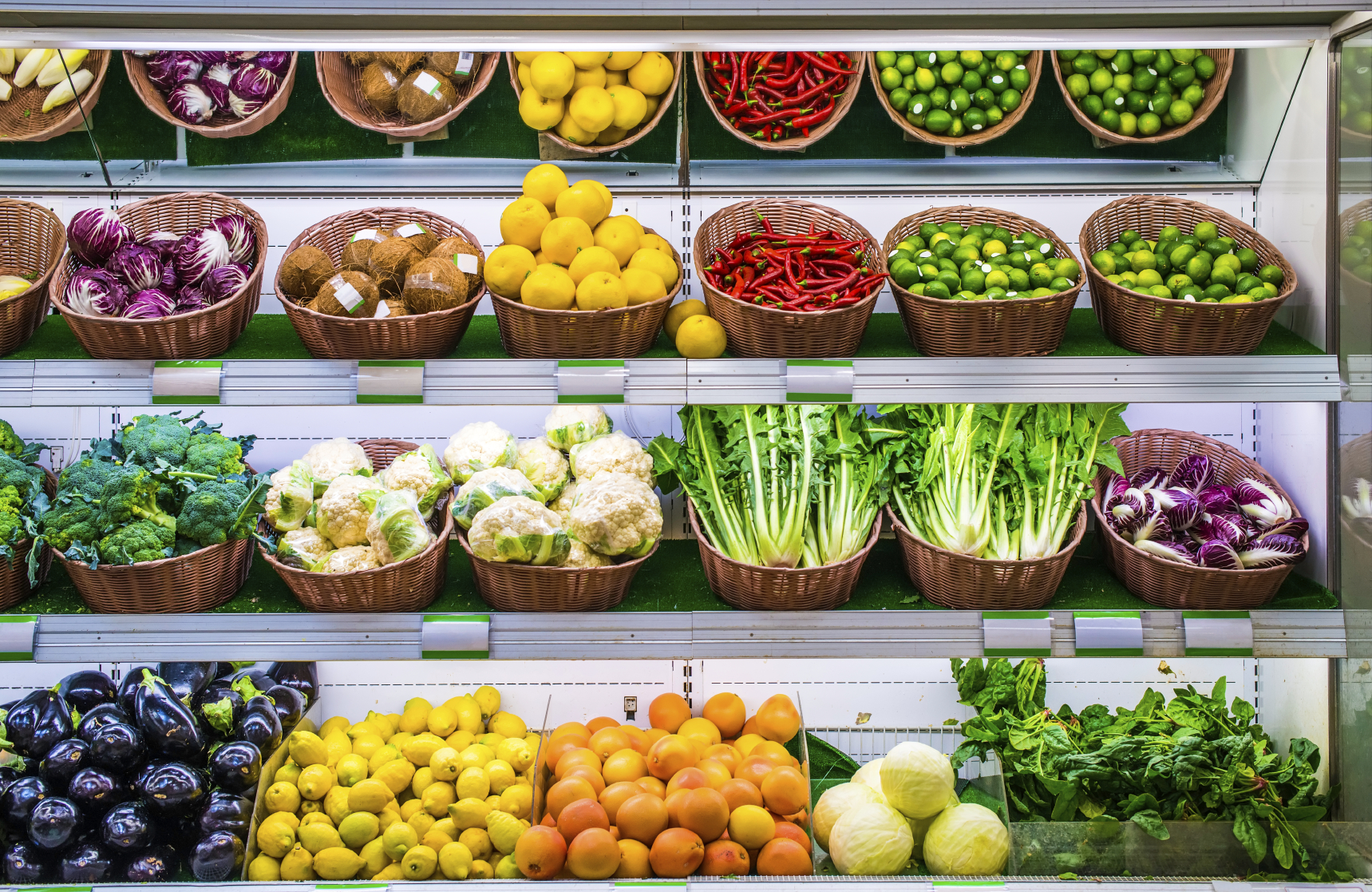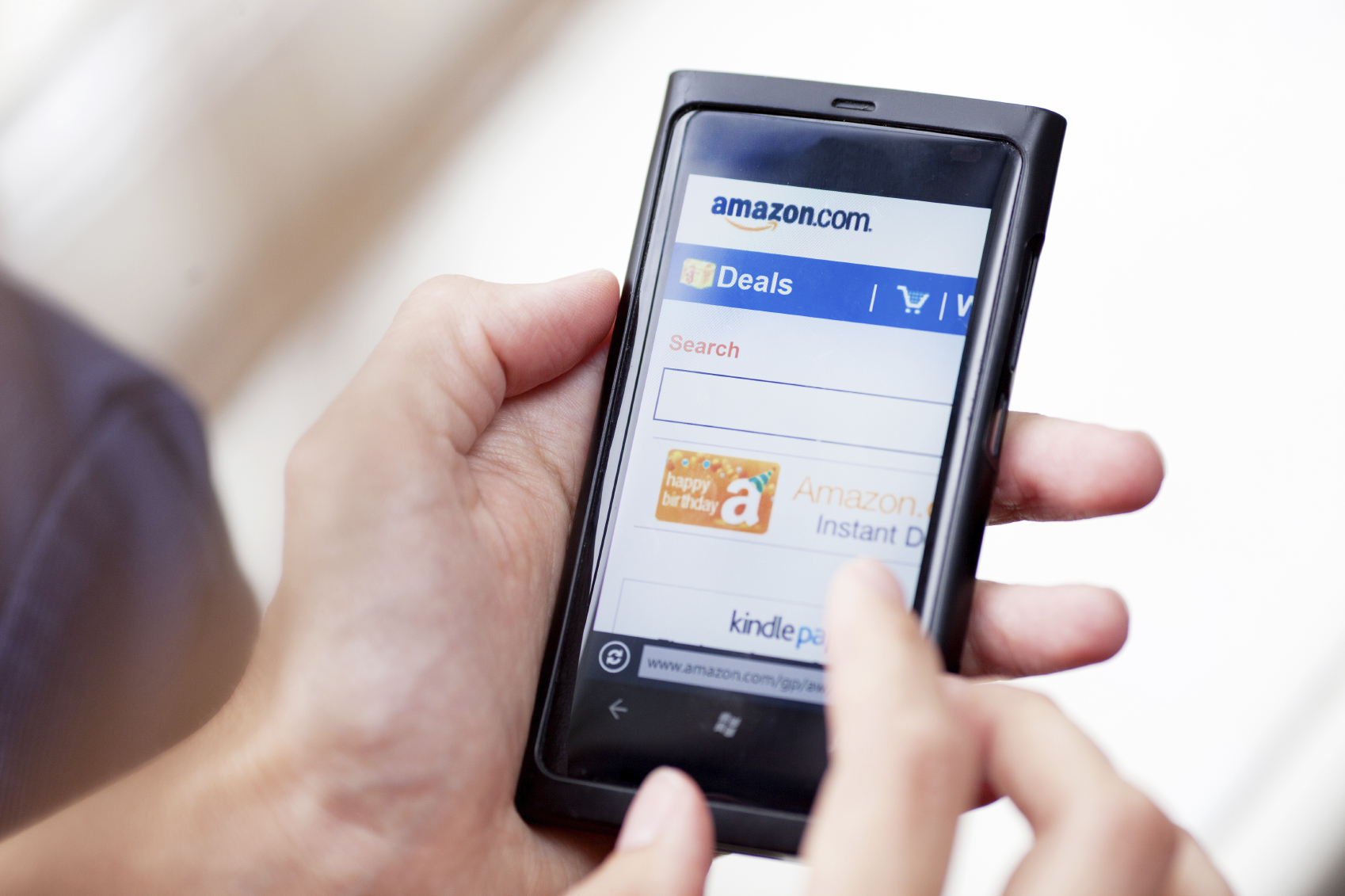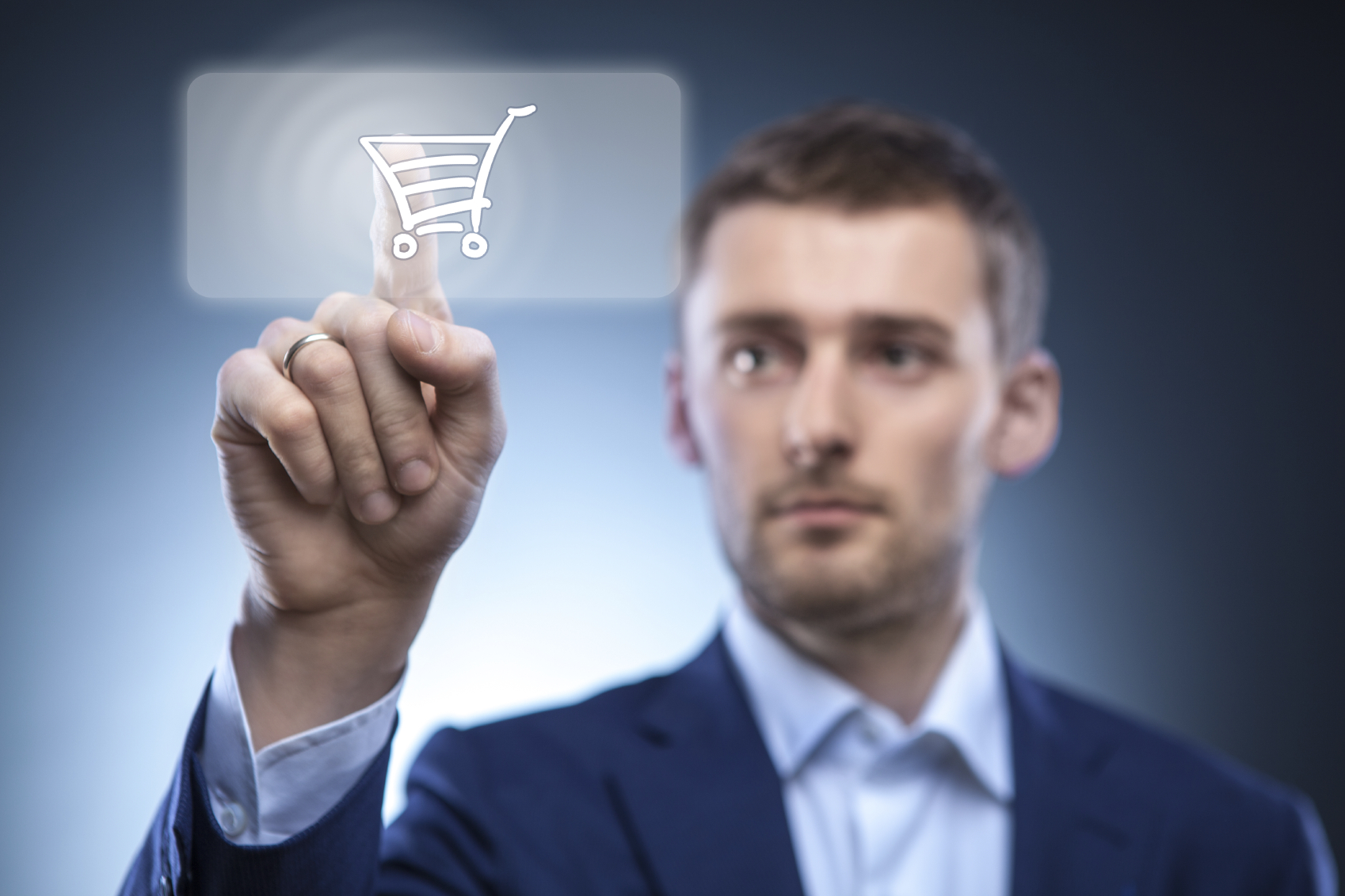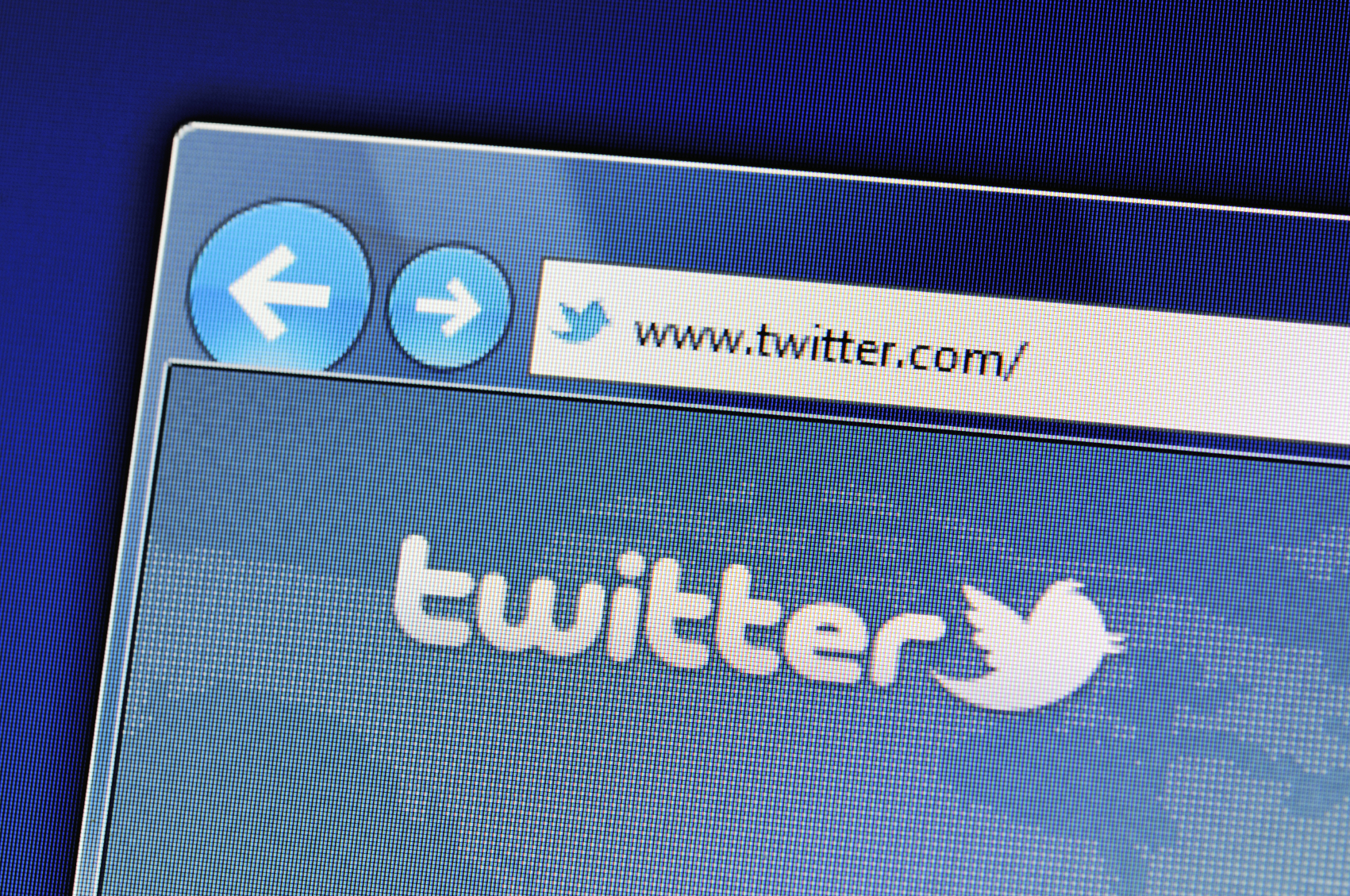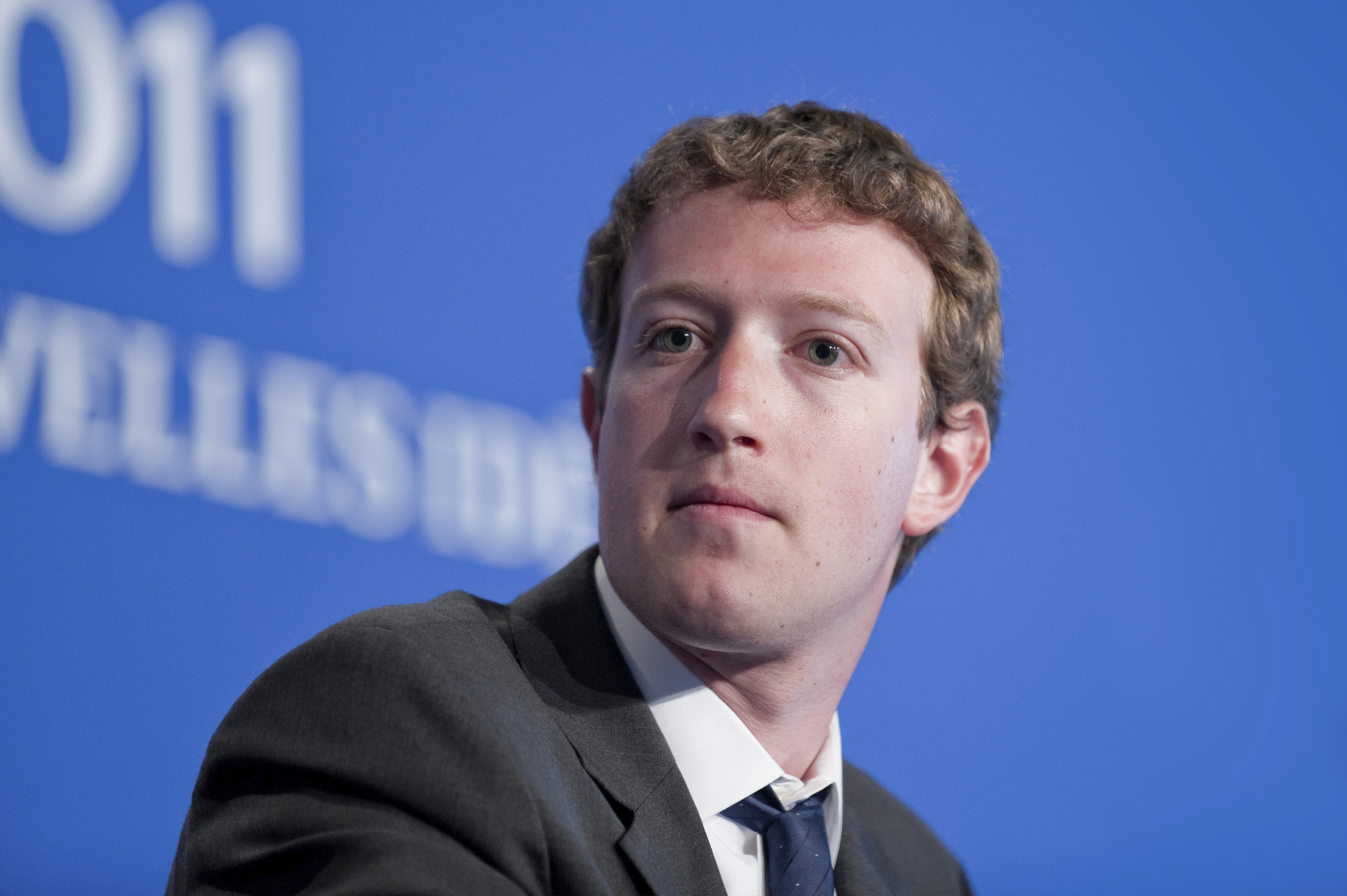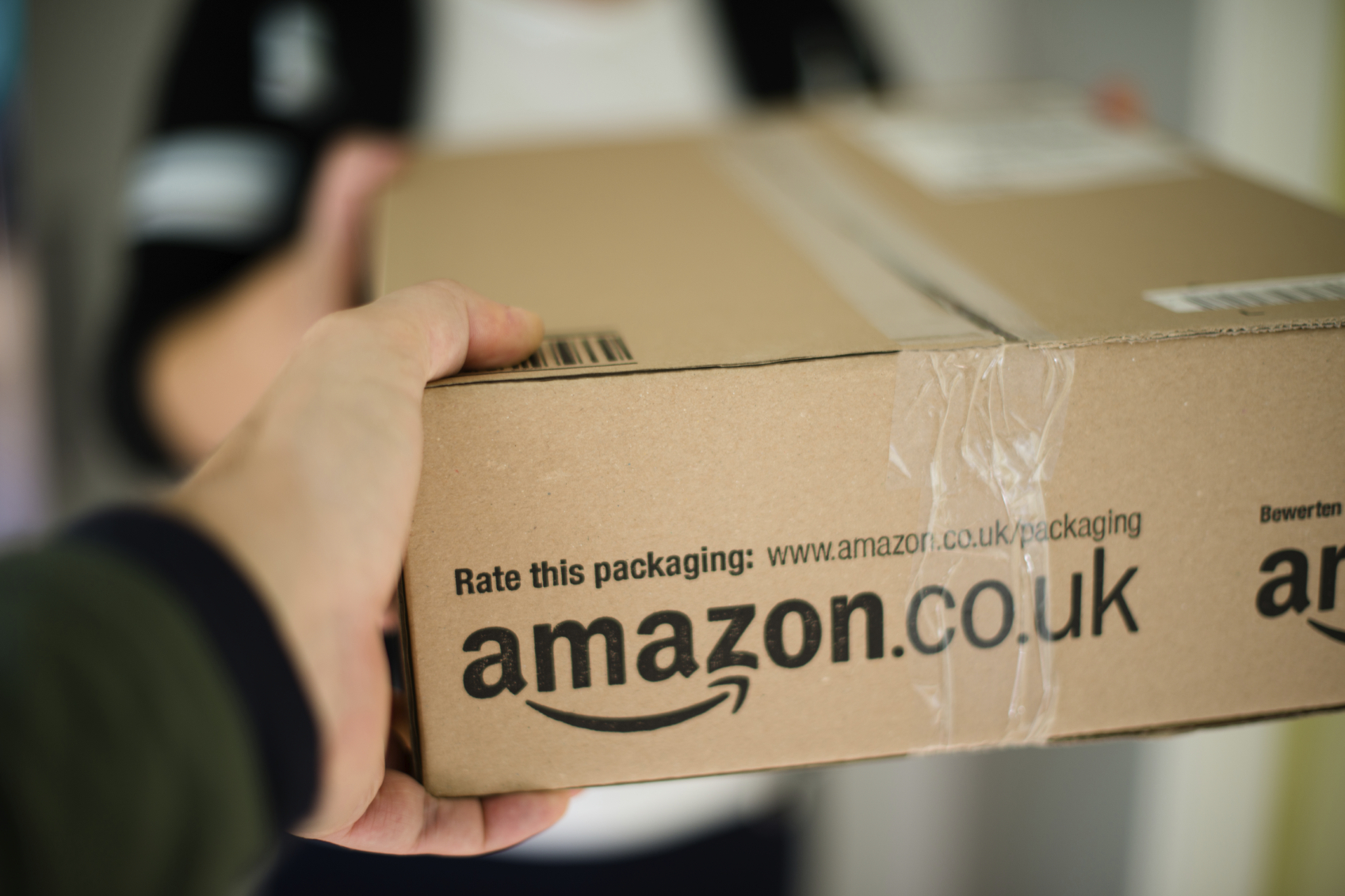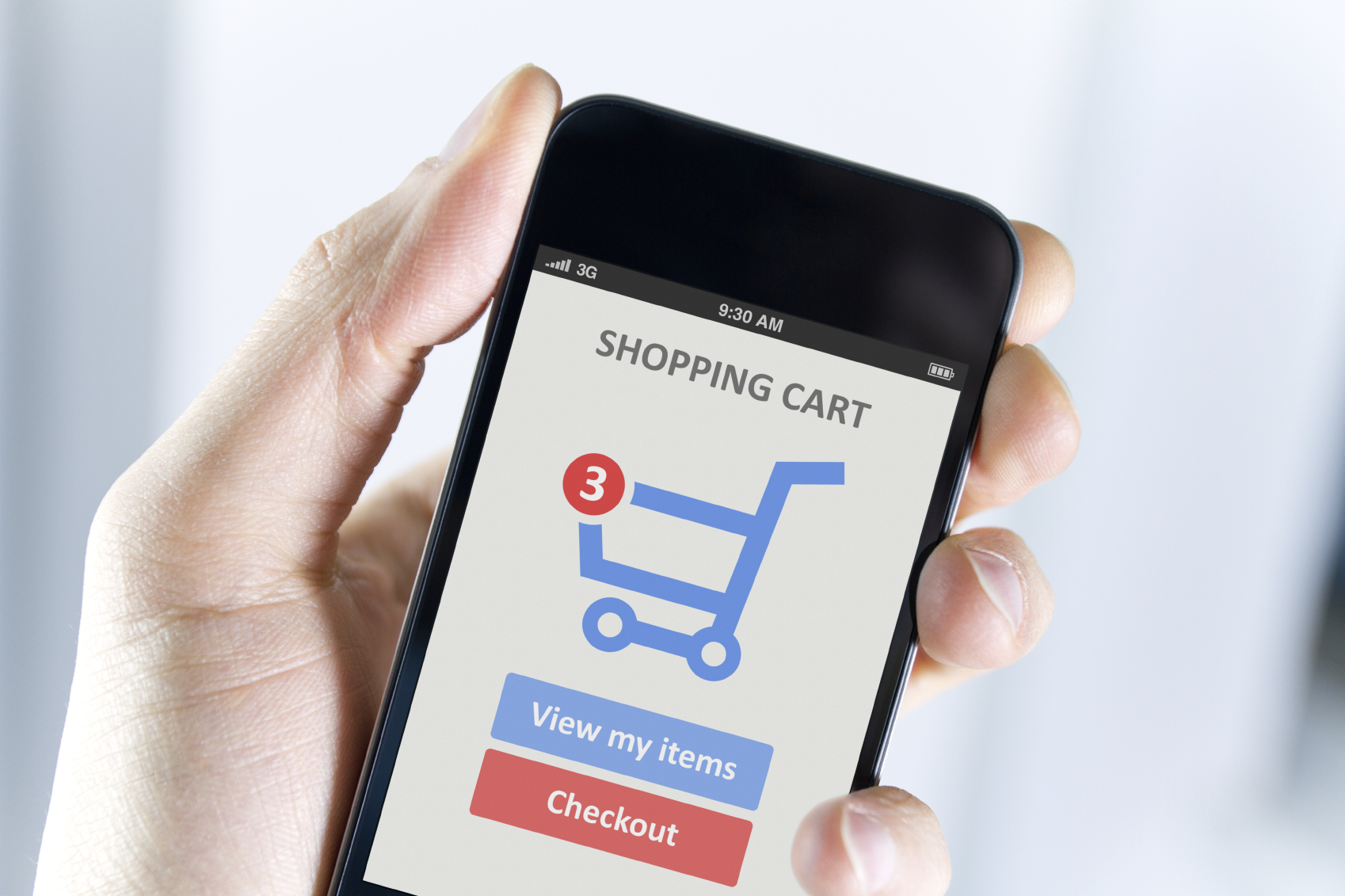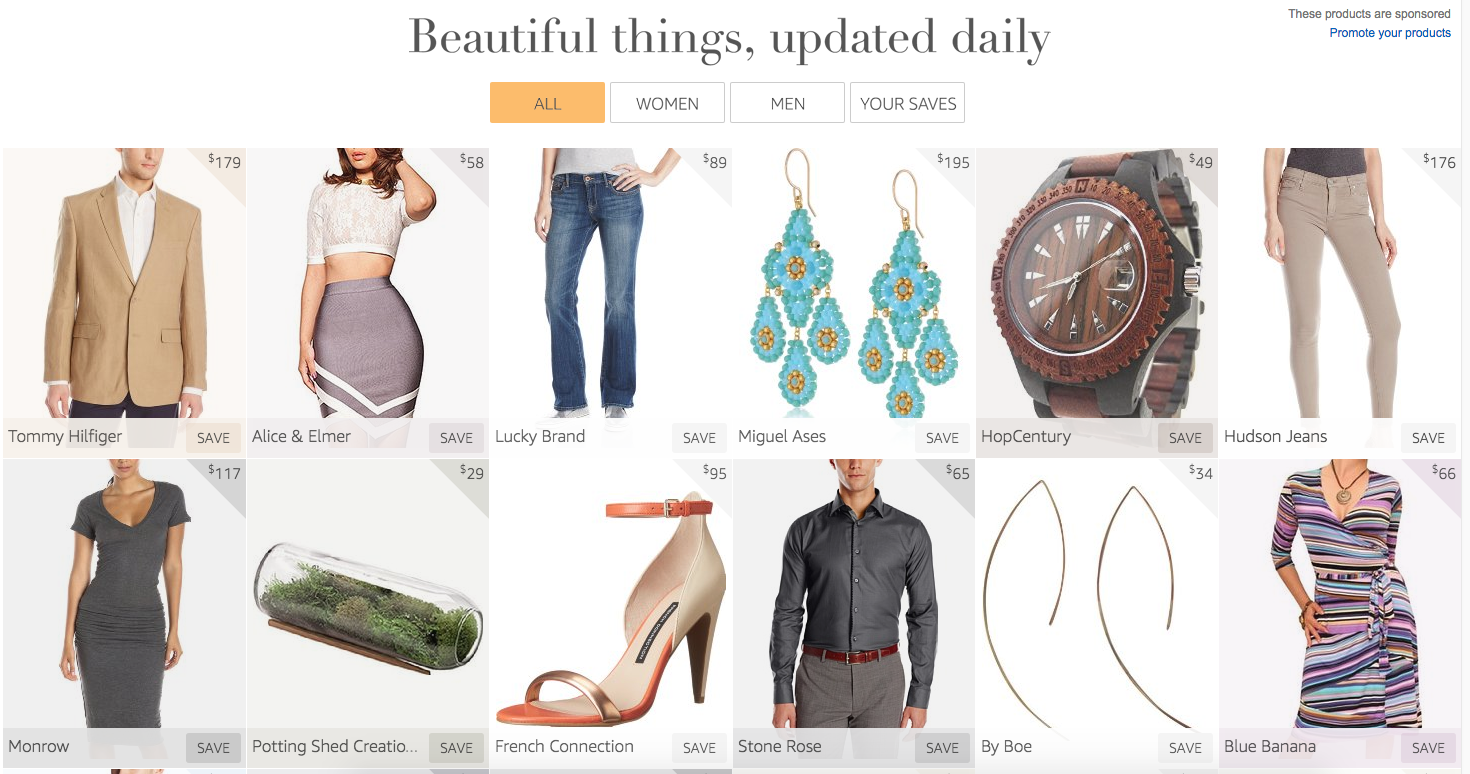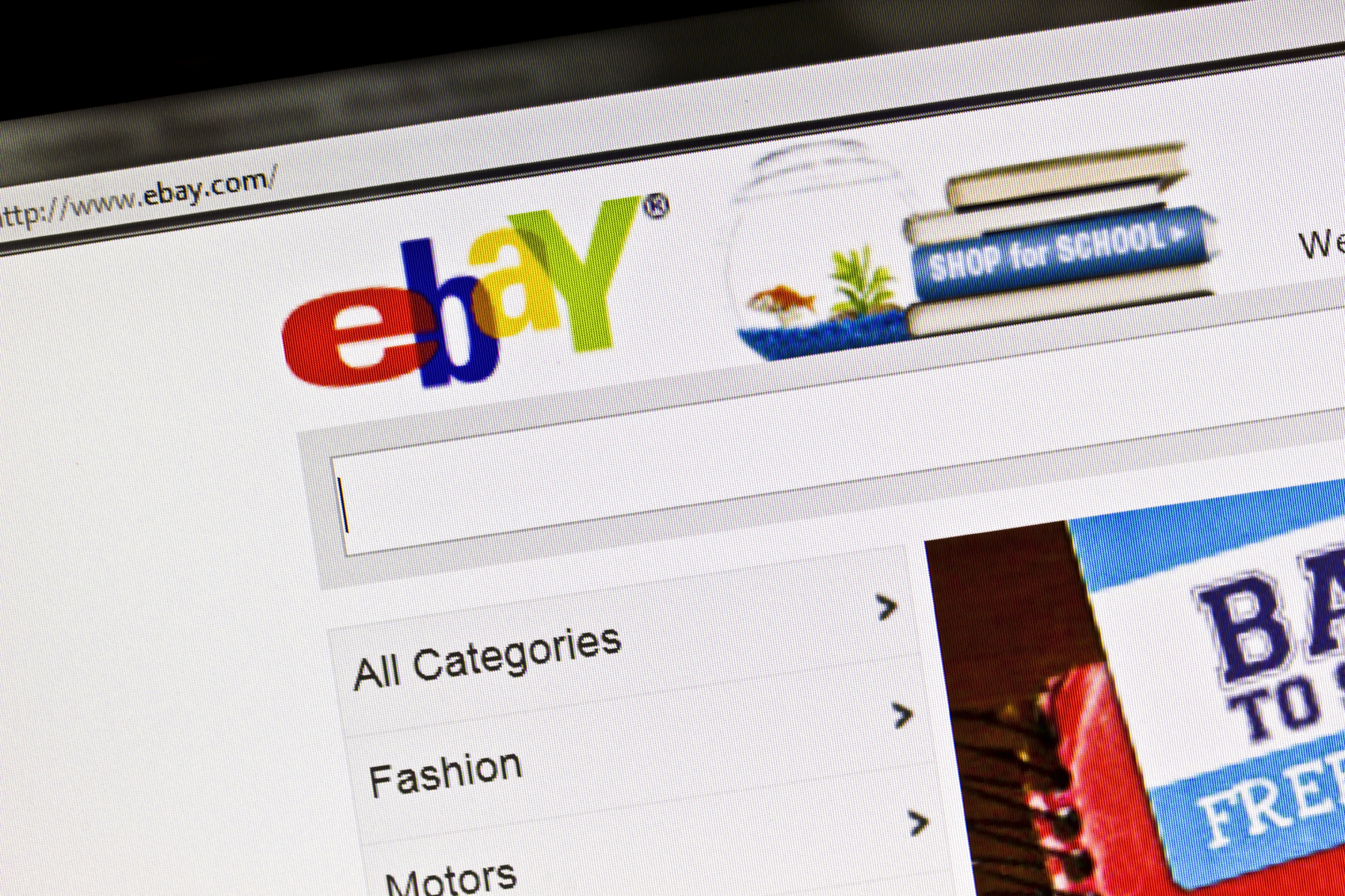Women’s magazine publisher Meredith Corp. has acquired Grocery Server, a digital ad platform that powers location-based ads for food and retail brands, aiming to make its digital assets more shoppable. The publisher first worked with Grocery Server in April 2014 to plug local ads into its AllRecipes site to let users shop for ingredients with real-time sales info from nearby grocery stores and retailers. After the acquisition, we expect more hyperlocal features like this to start popping up on other Meredith digital properties such as Better Homes and Gardens, Eating Well, and Martha Stewart to incorporate ecommerce into its digital publishing and add value for their readers, while also benefiting the CPG brands and retailers.
Source: AdWeek
